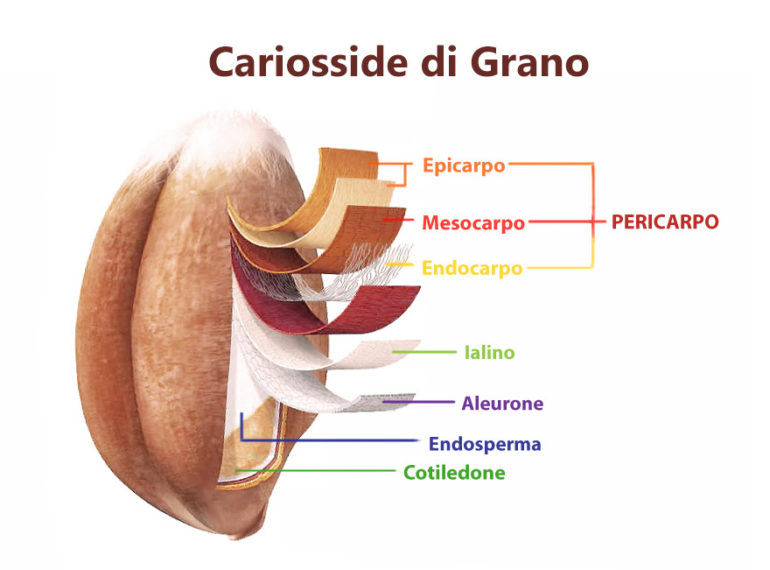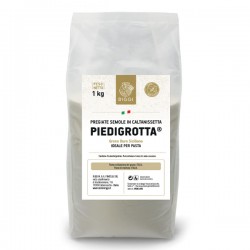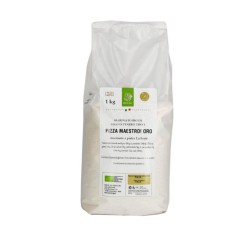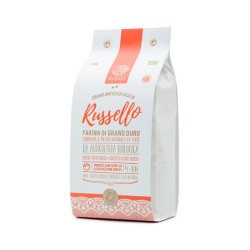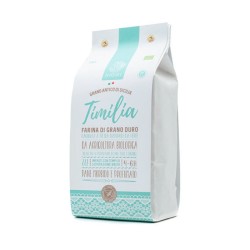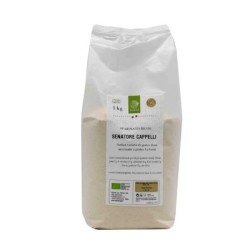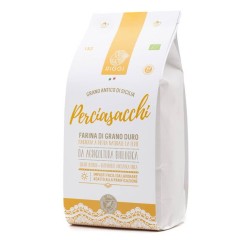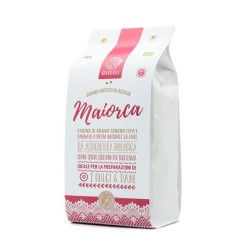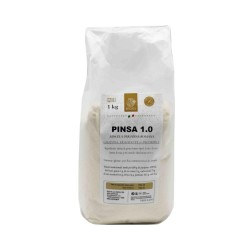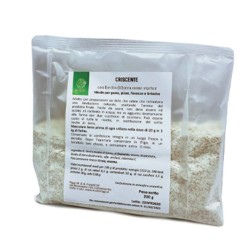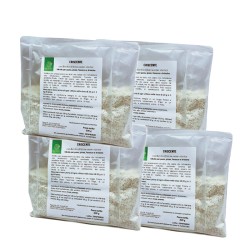Flours
The best organic artisan flours
Flour is the oldest food that man has processed by grinding seeds of various origins, derived from the Latin farro or spelt, an ancient cereal used to make bread in the Roman Empire.
Wheat flours are classified according to the type of wheat, which can be hard or soft.
A further classification of flours is given by the degree of refinement
- Type 00, the most refined, very rich in starch, with a low content of nutritional elements and practically no fibre.
This flour is suitable for making cakes, pastries and fresh pasta;
- Type 0, high in starch and low in fibre.
This flour is suitable for home baking or ordinary white bread;
- Type 1, a less refined flour than the previous ones, with a higher bran content.
This flour is particularly suitable for making bread;
- Type 2, also known as semi-integral, is characterised by a very high fibre and nutritional content,
It is particularly suitable for making bread with a golden colour and a crispy crust;
- Whole-wheat flour, obtained by milling the entire caryopsis (grain) and, if the milling is carried out with stone mills, it contains, in addition to a high fibre content, the germ, an important nutritional element for the diet, which gives the bread products their aroma.
Flour strength
The strength of flour is indicated by the W index:
- Up to W 170, also known as weak flours, they are suitable for biscuits, crumbly cakes, breadsticks and waffles, for making béchamel and for thickening sauces. These flours absorb about 50% of their weight in water.
- W 180 to W 260, also called medium flours, are suitable for cassette bread, oil rolls, pan pizza and fresh pasta. These flours absorb 55% to 65% of their weight in water.
- W 280 to W 350, also known as strong flours, are suitable for classic bread, pizza alla pala, egg pasta, long rising pastries such as babas, brioche, etc. These flours absorb 65% to 65% water by weight. These flours absorb 65% to 75% of their weight in water.
- Above W 350, they are generally made from special types of wheat, especially American and Canadian (Manitoba), and are mainly used to 'strengthen' weaker flours. These flours absorb up to 100% of their weight in water.
The P/L is an indicator of the extensibility of the dough, the higher the ratio, the more tenacious the dough will be, usually a low P/L is suitable for making puff pastry, while a high P/L is good for bread dough.
